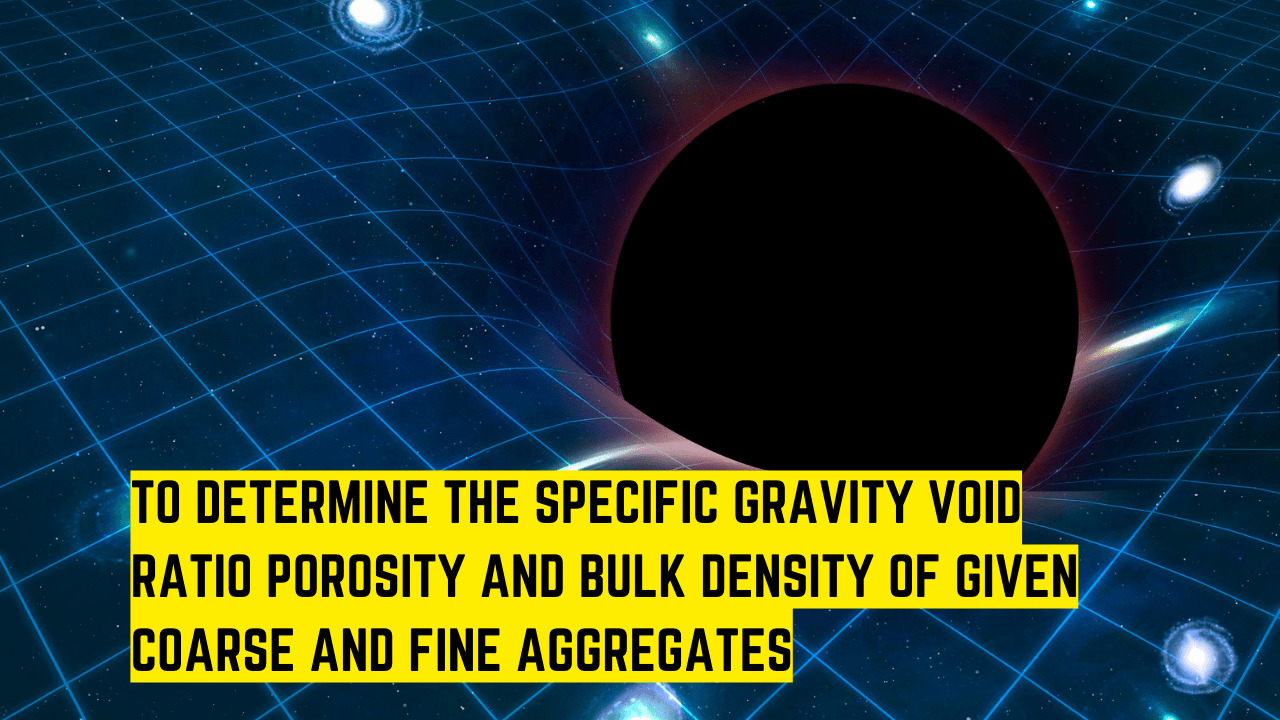Table of Contents
Objective:
The main objective of this job is to set out a simple circular horizontally using Rankine’s method.
Apparatus:
- Theodolite
- Ranging pole
- Ranging rod
- 10 pegs
- Fiber glass tape
- Mallet
Least count of instruments:
Least count of theodolite = 00°00’05’’
Least count of fiber glass tape = 0.01 m
Related Theory
Simple circular curve
A simple circular curve is defined as a Horizontal curve comprised of a single arc with a constant radius connecting the two tangents. It is the most commonly used horizontal curve. Its practical example is a simple arc provided in the road or railway track to impose a curve between two straight lines.

Point of curvature
The location of the curve’s starting point is allocated as the point of curvature represented by “P1“.
Point of tangency
The location of the endpoint of the curve is allocated as the point of tangency represented by “T2”.
Point of intersection of the tangents
The point of intersection of the tangents is the point where the two tangents intersect and this point is also called the vertex.
Length of a tangent
The length of a tangent starts from “T1” to “I” or from “I” to “T2”.
Apex of a curve
Apex is the distance from “I” to the midpoint of the curve.
Versed sine of the curve
Versed sine of the curve is the distance from the midpoint of the curve to the midpoint of the chord.
Length of a chord
The length of the chord is the displacement from “T1” to “T2“.
Length of curve
The length of a curve is defined as the length from “T1” to “T2” is the curved distance between the ends of the simple curve.
Degree of curve
The central angle subtended by an arc or chord of one station is termed as the degree of curve. It defines the sharpness of the curve i.e., the sharper the curve greater is the value of the degree of the curve and vice versa.
Rankine’s Method:
Let AB and BC be two tangents intersecting at B having a deflection angle of φ. The tangent lengths of AB and BC are calculated and points “T1” and “T2” are marked.
P1 = First point on the curve
T1P1 = l1 length of first chord (initial sub-chord)
δ1 = deflection angle of first chord
R = Radius of the curve
Δn = Total deflection for the chords
Here:
∠T1OP1 = 2 × ∠BT1P1 = 2 δ1
Chord T1P1 ~ Arc T1P1
∠T1OP1 / l1 = 360◦/(2πR)
2δ1 = 360◦/ (2π R)
2δ1 = (360◦× l1) / (2 × 2πR) degrees
δ1 = (360◦×60× l1) / (2 × 2πR) minutes
δ1 = (1718.9 × l1) /R minutes
Similarly:
δ2 = (1718.9 × l2) /R minutes
δ3 = (1718.9 × l3) /R minutes
Finally:
δn = (1718.9 × ln) /R minutes
When the degree of curve is given:
δ1 = (D × l1)/R degrees
δ2 = (D × l2)/R degrees
δn = (D × ln)/R degrees
Arithmetical check: δ1+ δ2+ δ3+……+ δn = Δ/2 =
Procedure:
- Insert a peg in the field with the help of a mallet.
- Center and level the theodolite over the peg.
- Take the distance from the peg (T1) to the last peg (T1) with the help of fiber glass tape.
- Insert the ranging rod at point T2.
- By bisecting the rod at T2, set the angle 00°00’00’’ on the theodolite.
- Move the theodolite horizontally so that angle becomes φ/2.
- Set the tangent T1 at this angle with the help of fiber glass tape and insert the rod at this point (I) and that point is called the intersection point.
- Set the theodolite angle 00°00’00” at this point I and move the theodolite horizontally according to the deflection angle of the initial sub-chord, in the direction towards T2.
- Place a peg at l1 distance from the T1 i.e., initial sub-chord at the deflection angle sighted by the theodolite.
- After this, set full chords according to their deflection angle.
- The remaining distance from P8 to T2 is a final sub-chord.
Observations & Calculations:
Data:
R = (m)
φ = (degrees)
Chainage of I = (m)
Peg Interval = (m)
Design:
Length of initial sub chord = = (m)
Length of full chord = = (m)
Length of final sub chord = = (m)
Deflection angle of
Deflection angle of =
Deflection angle of
Curve Length = = (m)
Length of Chord = 2R Sin (φ/2) = (m)
Tangent Length = R Tan (φ/2) = (m)
| Chainage | Chord Angle | Total Tangential Angle | Angle to be set on theodolite |
| (T1) | 00°00’00’’ | 00°00’00’’ | 00°00’00’ |
| (P1) | |||
| (P2) | |||
| (P3) | |||
| (P4) | |||
| (P5) | |||
| (P6) | |||
| (P7) | |||
| (P |
|||
| (T2) |
Discussion & Results:
Applying arithmetic check:
Sum of all deflection angles = ∑δ = φ/2
Precautions:
- Theodolite should be adjusted and levelled properly and tightly clamped for precise readings.
- Cover theodolite with umbrella to protect it from direct sunlight and rain.
- Helmet, closed-toe shoes and safety vests must be worn by all field workers.
- Pegs should be laid vertically by mallet into the ground.





